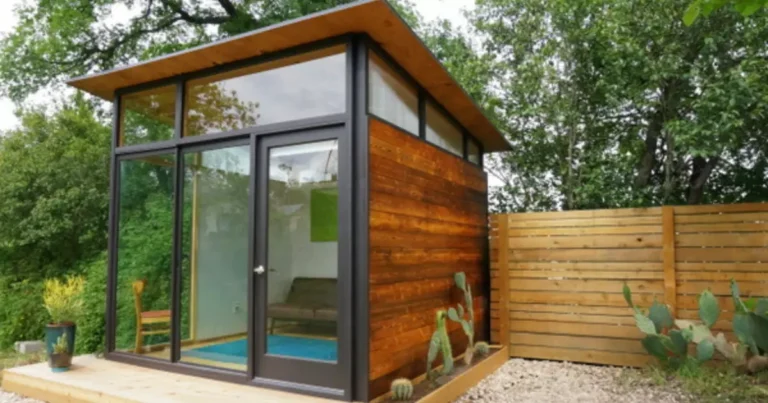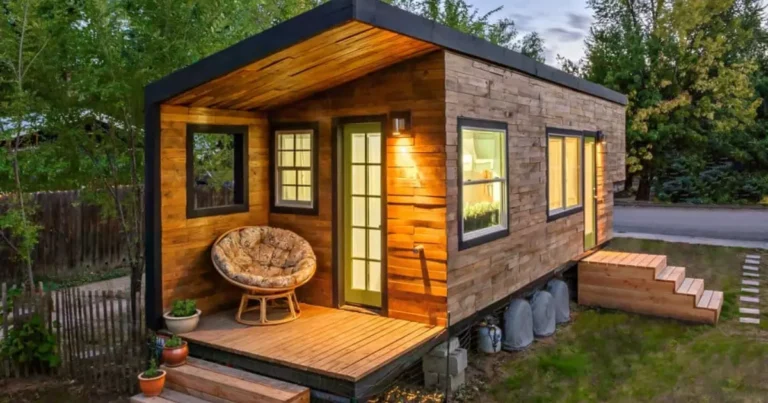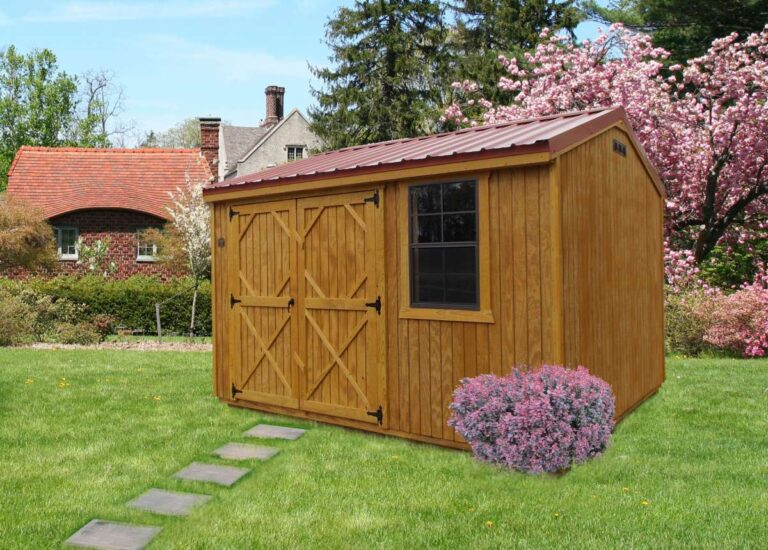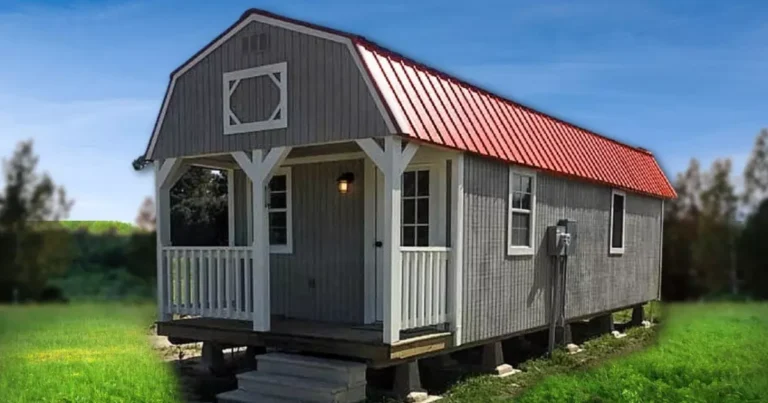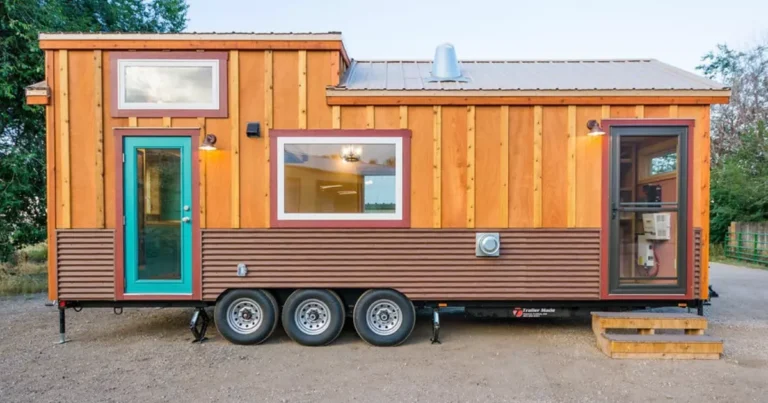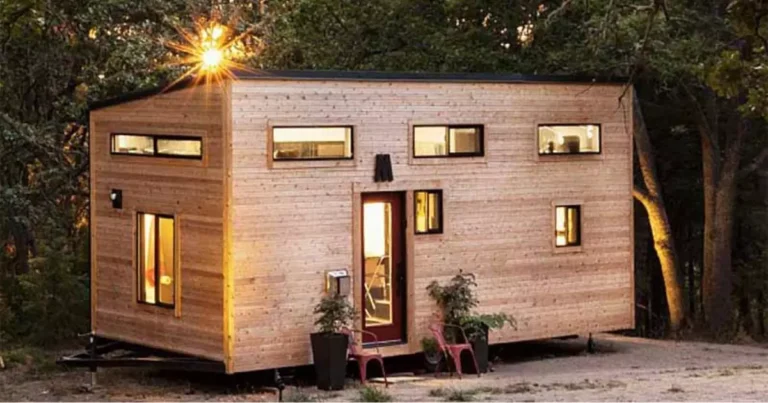How to Start a Tiny House Community? From Concept to Reality
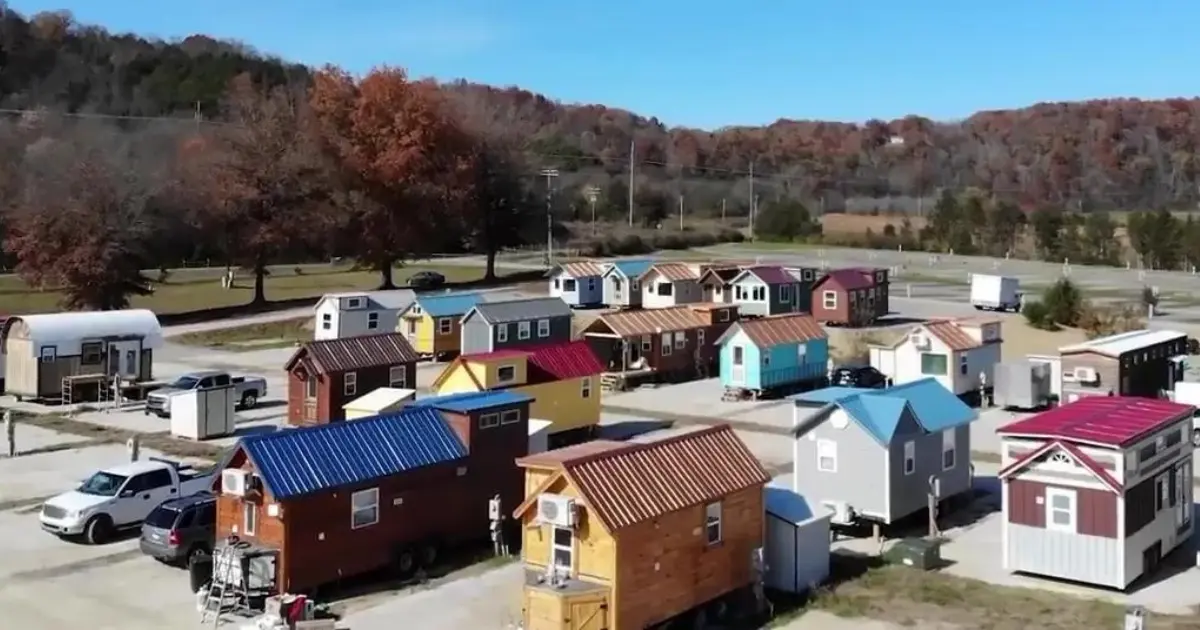
Discover the step-by-step process of starting a thriving tiny house community. Learn about zoning regulations, community planning, amenities, and more in this comprehensive guide on how to start a tiny house community.
Creating a tiny house community offers an innovative solution to the rising demand for affordable and sustainable living. With careful planning, the right resources, and a clear understanding of the process, you can establish a successful tiny house community that provides a sense of community, sustainable living, and economic benefits.
Steps to Start a Tiny House Community?
Starting a tiny house community involves various intricate steps and considerations. Here’s a detailed guide on how to initiate and manage your own tiny house community.
Research and Feasibility Study
Before embarking on the journey of establishing a tiny house community, conduct thorough research and feasibility studies. This will involve:
- Market Research: Identify the demand for tiny house living in your chosen location. Understand the preferences and needs of potential residents.
- Site Assessment: Find a suitable piece of land for your community. Evaluate factors like accessibility, proximity to amenities, and zoning regulations.
Legal and Zoning Considerations
Navigating legal and zoning considerations is crucial to ensure your tiny house community is compliant with local regulations:
- Zoning Laws: Understand the zoning regulations and building codes in your area. Advocate for tiny house-friendly zoning if necessary.
- Permitting: Obtain the required permits for land use, construction, and occupancy.
- Homeownership Structure: Determine whether the community will offer rentals, lease-to-own options, or outright ownership of tiny houses.
Community Planning and Design
Designing the layout and structure of your tiny house community requires meticulous planning:
- Layout: Plan the arrangement of tiny houses, common spaces, gardens, and pathways.
- Infrastructure: Ensure access to utilities like water, electricity, sewage, and waste management.
- Amenities: Decide on shared amenities such as a community center, garden, recreational areas, and parking.
Sustainable Practices
Tiny house communities often emphasize sustainability. Incorporate eco-friendly practices into your community:
- Energy Efficiency: Encourage the use of solar panels, energy-efficient appliances, and passive heating and cooling systems.
- Water Conservation: Implement water-saving measures and consider incorporating rainwater harvesting systems.
- Waste Management: Establish a recycling and composting program for residents.
Community Guidelines and Agreements
Establishing clear guidelines and agreements is essential for maintaining a harmonious community:
- Community Rules: Create rules that outline expectations for noise, pets, maintenance, and more.
- HOA or Co-op: Decide whether your community will operate as a homeowner’s association (HOA) or a cooperative (co-op) and establish governing documents.
Financing and Funding
Secure the necessary funding to cover land acquisition, infrastructure development, and ongoing maintenance:
- Investors and Partnerships: Seek investors or partners interested in supporting your vision.
- Crowdfunding: Consider using crowdfunding platforms to raise funds from a wider audience.
- Grants and Loans: Research grants and loans available for sustainable housing initiatives.
Construction and Development
Once the planning is in place, it’s time to bring your tiny house community to life:
- Construction Phases: Divide the construction into manageable phases, starting with infrastructure development.
- Collaboration: Work with builders, contractors, and architects who understand the unique requirements of tiny house construction.
- Quality Control: Ensure that construction adheres to safety standards and quality guidelines.
Marketing and Resident Recruitment
Attracting the right residents is crucial for a thriving community:
- Online Presence: Create a website and social media profiles to showcase your community’s values and offerings.
- Events and Workshops: Host events and workshops that highlight the benefits of tiny house living.
- Networking: Connect with tiny house enthusiasts, sustainable living advocates, and relevant communities.
Preparing for Residents
As your tiny house community takes shape, prepare for the arrival of residents:
- Lease Agreements: Draft clear lease agreements that outline terms, responsibilities, and community rules.
- Orientation: Host orientation sessions for new residents to introduce them to the community and its resources.
- Moving-In Support: Offer assistance to help residents settle into their tiny homes smoothly.
Community Engagement
Foster a strong sense of community among residents:
- Regular Gatherings: Organize regular gatherings, potlucks, and events to encourage social interactions.
- Collaborative Projects: Encourage residents to engage in collaborative projects that benefit the community.
- Communication Channels: Establish communication channels for sharing updates, concerns, and suggestions.
Maintenance and Sustainability
Sustainability should remain a focus as the community grows:
- Maintenance Plans: Develop maintenance schedules for communal areas and utilities.
- Renewable Practices: Continuously explore opportunities to enhance sustainability efforts within the community.
- Resident Education: Educate residents about sustainable practices to maintain the community’s eco-friendly ethos.
FAQs
How do I find suitable land for a tiny house community?
Finding suitable land involves assessing factors like zoning regulations, accessibility, and proximity to amenities. Researching online listings, contacting real estate agents, and networking within tiny house communities can help you discover potential land options.
What permits are required to start a tiny house community?
Permits can vary based on location and project specifics. You may need land use, construction, and occupancy permits. Consult your local planning department to determine the exact permits needed for your tiny house community.
How can I secure financing for my tiny house community project?
Consider a combination of investor partnerships, crowdfunding, grants, and loans. Craft a compelling proposal that highlights the community’s benefits and sustainability features to attract financial support.
What amenities should I include in my tiny house community?
Consider amenities that enhance residents’ quality of life, such as a community center, green spaces, gardens, and recreational areas. Prioritize amenities that foster a sense of community and align with the values of tiny house living.
How can I promote my tiny house community to potential residents?
Build an online presence through a website and social media. Host events and workshops that showcase the benefits of tiny house living. Network within relevant communities to reach individuals interested in sustainable and minimalist lifestyles.
What is the role of a homeowner’s association (HOA) in a tiny house community?
An HOA helps establish and enforce community rules, manage shared resources, and address concerns. It plays a vital role in maintaining the overall harmony and functionality of the tiny house community.
Conclusion
Starting a tiny house community is a rewarding endeavor that combines sustainable living, community engagement, and innovative design. By following these comprehensive steps and guidelines, you can establish a thriving tiny house community that offers a unique living experience while contributing to a greener future.
